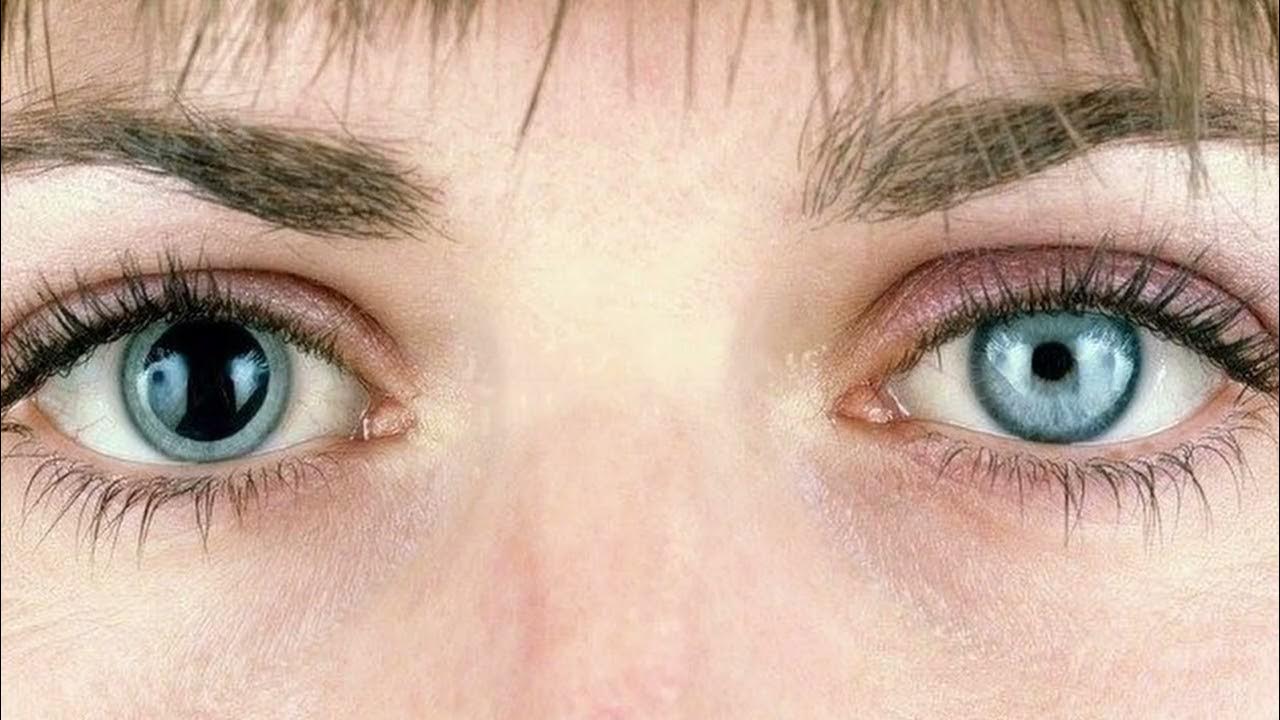Your eyes often reveal more about your overall health than you might think. One of the signs that medical professionals pay close attention to is pupil size. If you’ve noticed your pupils constricted more often than usual, it’s natural to feel concerned. But what does it really mean for your eye health?
In this article, we explore what constricted pupils indicate, their impact on your vision, possible causes, and when it’s time to seek medical attention.
The Role of Pupils in Vision
The pupil is the dark circular opening in the centre of the iris, and its size changes to regulate how much light enters the eye. In dim conditions, pupils dilate to let in more light. In bright environments, they constrict to reduce light entry and protect the retina.
When pupils remain constricted, even in low-light conditions, it can affect how clearly you see and might indicate a problem with the muscles, nerves, or other parts of the eye.
How Pupil Constriction Affects Eye Health
Having your pupils constricted may seem minor, but it can lead to a range of visual challenges and signal broader health issues. Here’s how it can impact your eye health:
1. Reduced Vision in Low Light
Constricted pupils limit the amount of light entering your eye, making it harder to see in dimly lit environments. This may lead to difficulty driving at night or navigating dark rooms.
2. Eye Strain
Smaller pupils mean the eye needs to work harder to process visual input, especially in low-light conditions. This can result in fatigue, headaches, and eye strain.
3. Discomfort or Sensitivity
Sometimes, constricted pupils may be associated with pain, inflammation, or a sensation of pressure within the eye. These symptoms could indicate an underlying problem requiring medical evaluation.
Common Causes of Pupils Constricted
There are several reasons why your pupils might appear smaller than usual. Some causes are harmless, while others may require treatment.
1. Natural Response to Light
Pupil constriction is a normal reflex to bright light. This response is controlled by the parasympathetic nervous system and is not usually a cause for concern unless the pupils remain constricted in darkness.
2. Medication Side Effects
Numerous medications can lead to pupils constricted as a side effect. These include:
- Opioids such as morphine or codeine
- Benzodiazepines for anxiety and sleep disorders
- Certain antidepressants and antipsychotics
If you notice your pupils staying small after starting a new medication, consult your healthcare provider.
3. Eye Infections or Inflammation
Conditions such as iritis or uveitis (inflammation of the eye’s middle layer) can cause pain, redness, blurred vision, and constricted pupils. These conditions require prompt treatment to prevent long-term damage.
4. Neurological Disorders
In some cases, pupils constricted could indicate an issue within the brain or nervous system. Conditions like Horner’s syndrome or brainstem injury can affect how the eyes respond to light and other stimuli.
5. Ageing and Degenerative Changes
Older adults often experience naturally smaller pupils due to age-related changes in muscle responsiveness. While this is typically benign, it may make night vision more difficult.
When Pupils Constricted Is a Red Flag
In most cases, pupil constriction is temporary and harmless. However, persistent or sudden constriction accompanied by other symptoms may require urgent care. Warning signs include:
- One pupil being noticeably smaller than the other
- Sudden vision loss or blurriness
- Eye pain or redness
- Headache, dizziness, or nausea
- Recent trauma to the head or eye
If you experience any of these symptoms, it’s crucial to see a healthcare professional or visit an emergency department immediately.
Diagnostic Approaches
If your doctor suspects an issue related to pupils constricted, they will perform several assessments:
- Slit-lamp examination to inspect internal eye structures
- Neurological evaluation to check reflexes and brain function
- Imaging tests like MRI or CT scan if a neurological issue is suspected
- Review of current medications to identify potential side effects
These steps help identify the underlying cause and determine whether your pupil response is part of a broader health condition.
Treatment and Management
The treatment depends entirely on the cause. If it’s due to medication, your doctor might adjust your dosage or recommend alternatives. Infections or inflammations will likely be treated with prescription drops or oral medication.
For neurological conditions, further tests and specialist referrals may be required. And if it’s simply a natural reaction to light or ageing, no treatment may be necessary—just lifestyle adjustments, such as using brighter lighting at home or wearing anti-glare glasses.
Eye Health Tips to Watch For
To maintain healthy vision and manage any changes in pupil size effectively:
- Regular eye exams: Annual check-ups can detect early signs of issues
- Monitor side effects: Be mindful when starting new medication
- Protect your eyes: Use sunglasses and avoid excessive screen time
- Stay informed: Educate yourself on symptoms that signal more serious conditions
Being proactive helps ensure any changes in pupil function are addressed early.
Conclusion
While it’s easy to overlook something like your pupil size, having your pupils constricted regularly could hint at something more significant. Sometimes it’s a normal bodily reaction, but other times it may signal infection, medication side effects, or even a neurological disorder.
Pay attention to how your eyes feel and function. If the issue persists or comes with other worrying symptoms, don’t hesitate to seek medical guidance. Eye health is a window to your broader well-being—keep it in focus.
In summary, having your pupils constricted occasionally may be part of normal eye function. However, when it’s persistent, painful, or accompanied by other signs, it’s a message worth decoding with a professional’s help.


